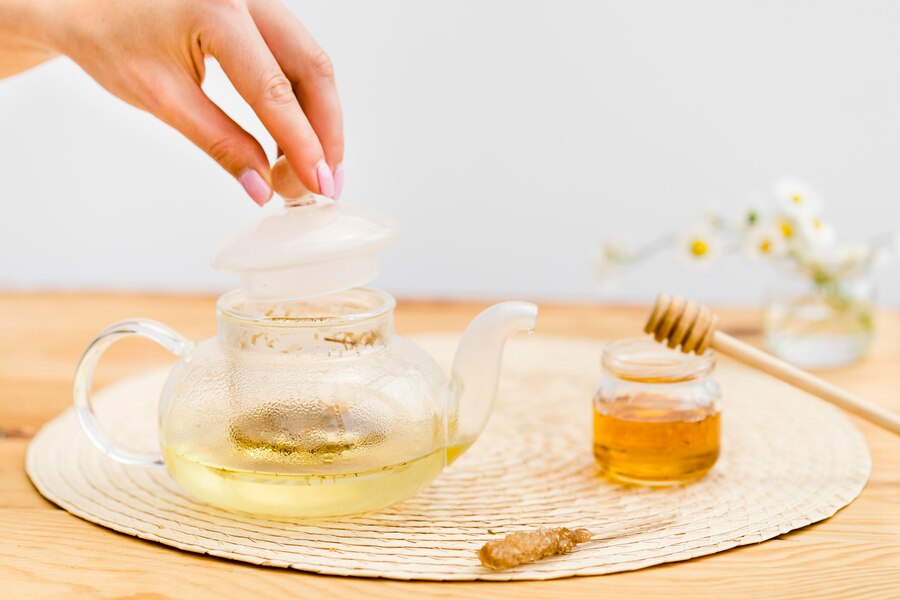Bee venom therapy is an alternative treatment that uses the venom from honeybees to address a variety of health issues, including pain. The practice, known as apitherapy, has been used for centuries in traditional medicine. Modern research is beginning to validate its effectiveness for pain management, offering a natural approach for those seeking alternatives to conventional treatments.
Understanding Bee Venom Therapy
1. Composition of Bee Venom
Bee venom contains a complex mixture of proteins, peptides, and enzymes. The key components include melittin, apamin, adolapin, and phospholipase A2, all of which contribute to its therapeutic effects.
2. Mechanism of Action
The compounds in bee venom have anti-inflammatory, analgesic, and immune-modulating properties. Melittin, for example, is known for its potent anti-inflammatory effects, which can help reduce pain and swelling.
Benefits of Bee Venom Therapy for Pain
1. Anti-Inflammatory Effects
Inflammation is a common cause of pain in conditions like arthritis and injuries. Bee venom’s anti-inflammatory properties help reduce inflammation, thereby alleviating pain. Melittin inhibits inflammatory pathways, reducing the production of pro-inflammatory cytokines.
2. Pain Relief
Bee venom contains compounds that can directly alleviate pain. Adolapin, for instance, has analgesic properties that can provide pain relief. The venom also stimulates the release of endorphins, the body's natural painkillers.
3. Immune System Modulation
Bee venom therapy can modulate the immune system, which is beneficial for autoimmune conditions that cause pain, such as rheumatoid arthritis. By altering immune responses, bee venom helps reduce the symptoms and pain associated with these conditions.
4. Improved Blood Circulation
The application of bee venom can enhance blood circulation, which aids in healing and pain relief. Improved circulation helps deliver more oxygen and nutrients to affected areas, promoting recovery and reducing pain.
Conditions Benefited by Bee Venom Therapy
1. Arthritis
Both osteoarthritis and rheumatoid arthritis can benefit from bee venom therapy. The anti-inflammatory and analgesic effects help reduce joint pain and improve mobility.
2. Multiple Sclerosis (MS)
Bee venom therapy has shown promise in alleviating the symptoms of multiple sclerosis, including pain. The immune-modulating properties of bee venom may help manage the pain and other symptoms associated with MS.
3. Chronic Pain Conditions
Conditions like fibromyalgia and chronic back pain may also benefit from bee venom therapy. The pain-relieving properties of bee venom provide an alternative approach for managing chronic pain.
4. Migraines
Some evidence suggests that bee venom therapy can reduce the frequency and intensity of migraine attacks. Its pain-relieving and anti-inflammatory effects are thought to contribute to this benefit.
Potential Risks and Precautions
1. Allergic Reactions
One of the significant risks of bee venom therapy is an allergic reaction. Individuals with bee allergies should avoid this therapy. It is essential to undergo an allergy test before starting treatment.
2. Local Reactions
Some individuals may experience local reactions at the site of the sting, such as redness, swelling, and itching. These reactions are usually mild and resolve on their own.
3. Professional Supervision
Bee venom therapy should be administered by a trained professional to ensure safety and efficacy. Proper dosing and monitoring are crucial to avoid adverse effects.
4. Contraindications
People with certain medical conditions, such as heart disease or those on specific medications, should consult a healthcare provider before undergoing bee venom therapy.
Bee venom therapy offers a promising alternative for pain management, leveraging its anti-inflammatory, analgesic, and immune-modulating properties. While it can benefit conditions like arthritis, multiple sclerosis, and chronic pain, it is essential to consider the potential risks and consult with a healthcare professional before starting treatment. By understanding the benefits and precautions, individuals can make informed decisions about incorporating bee venom therapy into their pain management strategies.




